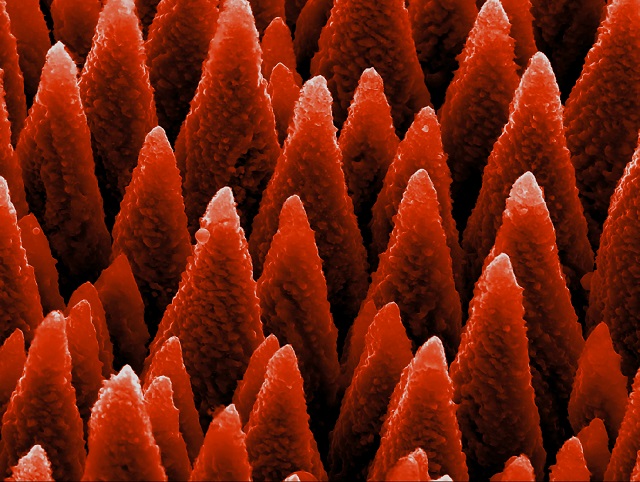
Image Credit: Georgy Shafeev/Shutterstock.com
Researchers at the Australia National University’s Research School of Physics and Engineering have vastly improved the sensitivity of atomic force microscopes using laser beams.
Atomic force microscopes are used to analyse and measure the tiny forces between molecules at the nanoscale.
The new innovative technique, carried out at Australian National University, involves lowering the temperature of the nanowire probe of the atomic force microscope to frigid temperatures using laser beams. This enables the instrument to detect the weight of tiny objects such as an individual virus.
The atomic force microscope becomes 20 times stronger when it is cooled down to within 8 degrees of absolute zero.
Ordinarily, the nano-probe vibrates at room temperature due to its warm condition, thereby producing noisy measurements. This new research found that the temperature of the nano-probe can be reduced using a laser, which addresses the vibration problem.
Once the nano-probe had been sufficiently cooled, the instrument achieved a level of sensitivity which allowed it to detect the weight of a large virus, whose weight is 100 billion times lower than that of a mosquito.
The researchers discovered that it is not possible to use the nano-probe when the laser is turned on as the energy of the laser disturbs the measurements obtained.
To tackle this problem, they turned off the laser and took the measurements within a few milliseconds of the probe reaching room temperature.
Multiple measurements were taken during multiple heating and cooling cycles in order to obtain a highly accurate final value.